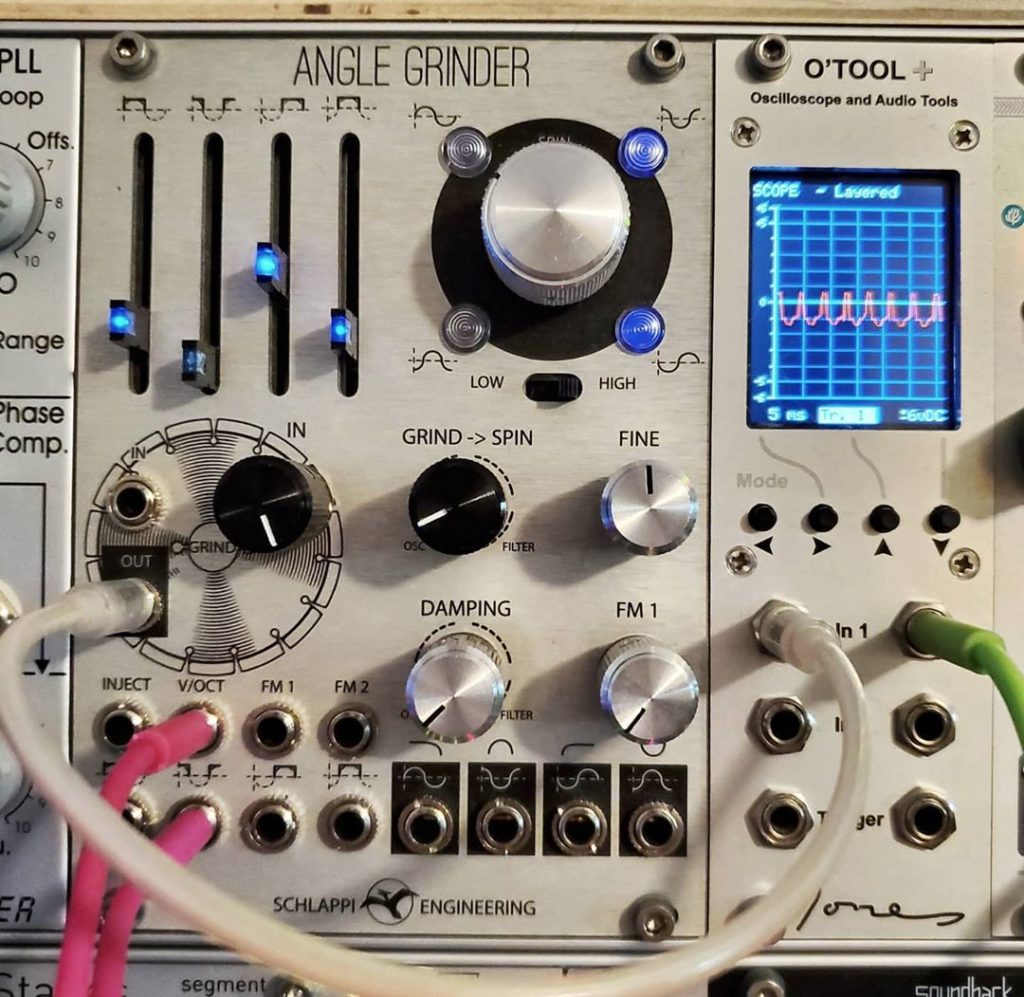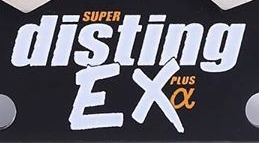I haven’t been feeling super creative lately, so there are only two candidates for the next album recorded so far. Otherwise it’s just been a little bit of experimentation, and bit of thought into “finishing” the modular.
Back when preorders opened for the SynthTech E520, it was offered in both aluminum and black panel versions. I chose the black to match my E352. Naturally, production of the black panels was delayed, so while some of the other early birds have been receiving their modules, mine is probably going to show up around the start of next month or so.
I have a WMD MSCL compressor/limiter on the way. While I have a couple of strong favorite compressors in the software world (DDMF MagicDeathEye and NI SuperchargerGT), having one in analog hardware might have some benefit in feedback loops, sidechaining, or overcooking signals a bit. A lot of people who don’t use software like it for “mix glue,” but I’ve also heard some demos of it used on individual channels, and it seems promising.
That leaves 4HP unclaimed in my case, or 12HP if I put the arcade button aside. I’m thinking about waveshapers, and there are a few options:
- There have been leaks about the upcoming Intellijel Bifold, which is 8HP and has both Buchla and Serge style wavefolders and a crossfader between them; they can be used independently or together, or it can act as a ring modulator or VCA. So that’s a neat option.
- WMD C4RBN (Carbon) was also recently announced: a 4HP filter with an input saturator and an output wavefolder. But I don’t like the filter character at all from what I’ve heard, although to be fair, most sawtooth-through-resonant-filter-sweep demos make me cringe. I didn’t much like their MMF filter when I demoed it at Knobcon before either, though.
- Casper/Bastl Waver is a badass “wavefolding drone mixer” that seems extremely relevant to my interests. I absolutely love the sound of it in demos. My concern is its hefty power consumption. I suppose I could still add a secondary PSU to the case if it comes to that, though.
- Xaoc Jena is an 8HP “binary transfunctioner” — essentially a wavetable without the oscillator. It’s part of the “Leibniz Binary Subsystem” — requiring the Drezno module, which is 12HP. As Deckard in Blade Runner might say, this is both a benefit and a hazard. I’d have to pull out another 8HP of something to make way, and that’s a hard choice.
Leibniz is a cool system. Drezno is basically two modules in one: an 8-bit ADC, converting an analog input into 8 binary outputs which have their own front panel jacks and are also passed to the next module in the subsystem. (With that section alone, you can use it as a sort of multi-step comparator, turn an LFO into rhythmic gates, or send those “bits” into a mixer to create other waveshapes from modulation or audio signals.)
The right side of Drezno converts 8 bits to an analog output. The fun here is that bits can be manipulated in between — ignored, inverted, cross-patched, delayed, divided, or independently generated — and can be processed by other modules in the subsystem. Both the input and output clocks can be overridden externally, so you can use it for sample rate reduction and bitcrushing effects, or clock it like a sample-and-hold at the speed of a sequence. You could patch it as a binary shift register, freezing patterns of bits that rotate left or right or travel in unusual paths.
Jena interprets the 8 bits from the ADC as the index into a wavetable, and outputs its own 8 bits. Typical use would be to feed Drezno a linear ramp “phasor” so that Jena moves smoothly through the table. The tables consist of interesting audio and LFO stuff, Walsh functions (which let you combine complimentary sets of square waves at different harmonics for an alternative form of additive synthesis), and drum patterns. Jena also has a synchronous mode which can use the input signal as a “hint” but remove any imperfections in how it scales or resets, plus a phase modulation input.
So that offers a lot of possibilities, but something’s got to be sacrificed if I go that route. Perhaps I could put a module in reserve and rotate things in or out as the whim strikes. Or I could pull out my rarely used Gozinta and one of the Shades and see how that goes. Perhaps the E520’s scope mode will make me feel less need for the O’Tool+. Perhaps I could DIY or acquire a breakout box to patch my modular to the audio interface without using the Bastl mults (or make a very simple box for those two mults). Or maybe reconsider a 4ms Pod, which is a compact case I could put controllers in and a little overflow space — though fitting it right in front of the case could be a little awkward. Hm. (For that matter, that could fix the power issues and allow for that Waver…)
Anyway — not making any decisions until I play with the E520. I don’t really need another waveshaping option, it’d just be cool. 🙂


